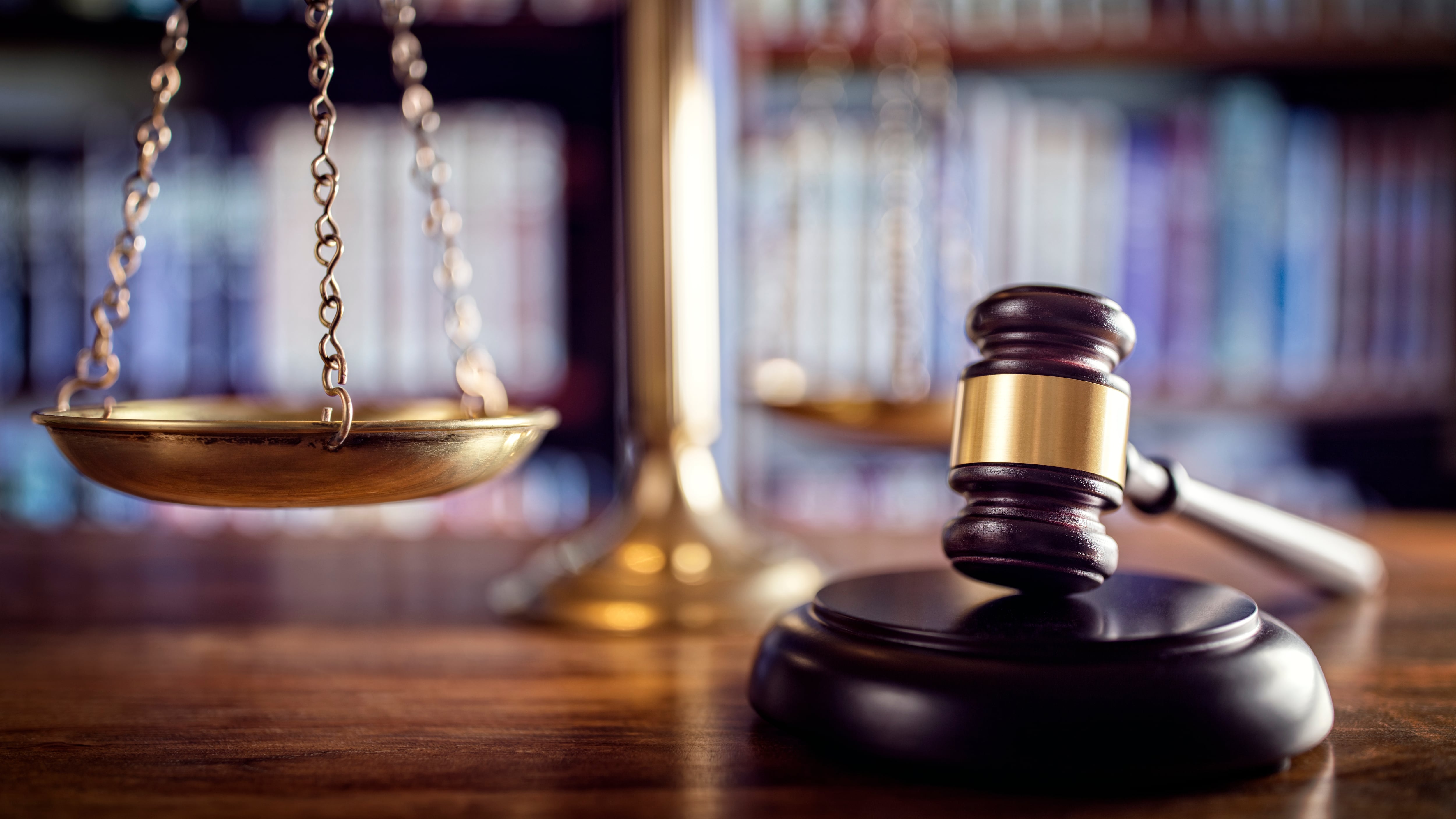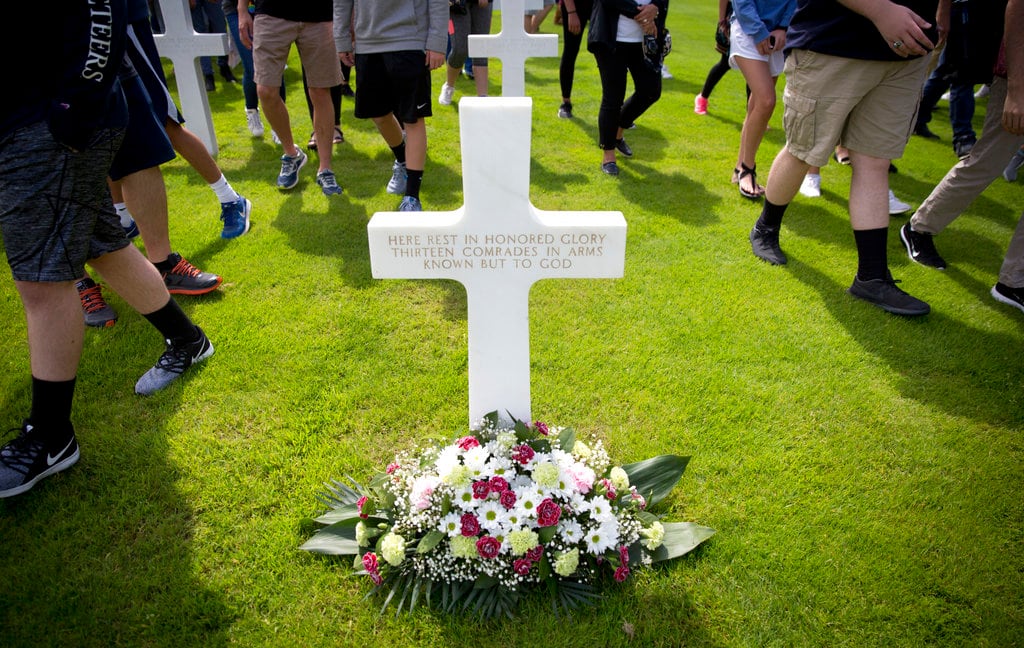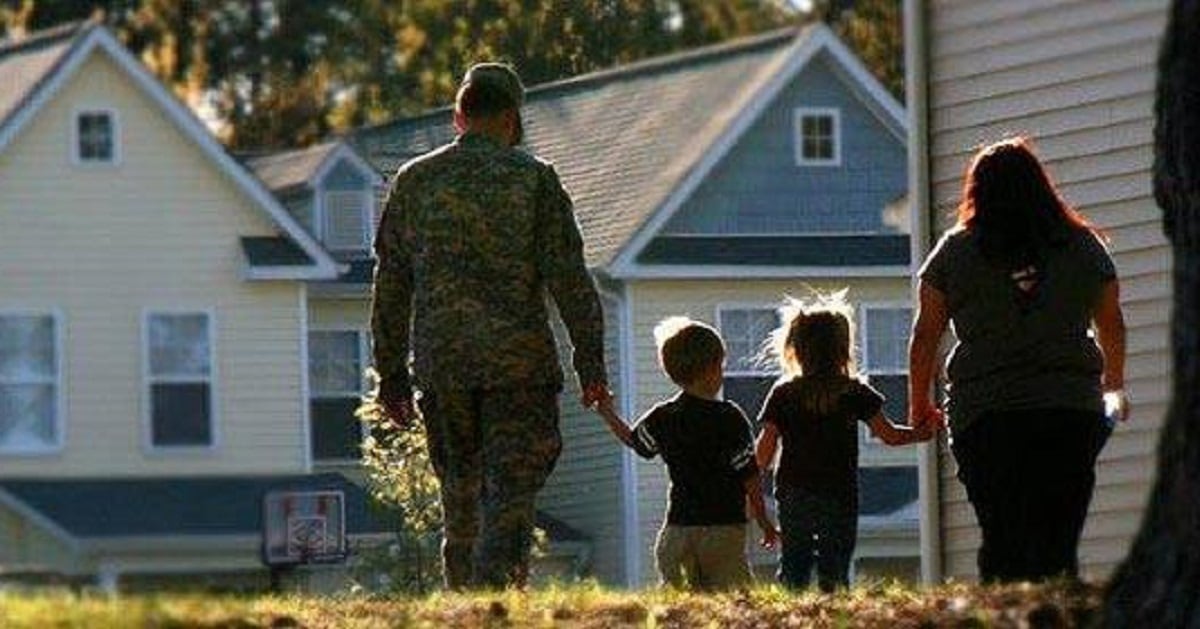JOINT BASE LEWIS-MCCHORD, Washington — In his two years commanding the Army’s 7th Infantry Division, Maj. Gen. Thomas James has focused on encouraging well-rounded soldiers.
This includes their physical fitness, mental well-being, and the division’s ability to deploy, fight and win whenever they’re needed. He has also helped unite a division headquarters with its eight subordinate units.
James, an Iraq veteran with experience leading tank formations, relinquished his command to Maj. Gen. Willard Burleson during a ceremony at Joint Base Lewis-McChord on Friday.
Burleson takes over from his assignment as senior adviser to the Ministry of Defense, U.S. Forces-Afghanistan. He’s no stranger to JBLM, as he has served as deputy commanding general of the 7th Infantry Division.
The division, which is celebrating its 100th birthday, has 249 soldiers plus one civilian, but it also oversees about 15,000 soldiers in the 1-2 and 2-2 Stryker Brigade Combat Teams; the 81st Stryker Brigade Combat Team; Division Artillery, 2nd Infantry Division; the 16th Combat Aviation Brigade; the 17th Field Artillery Brigade; the 555th Engineer Brigade; and the 201st Military Intelligence Brigade.
Army Times sat down with James on Aug. 1 to discuss his time with the 7th ID before he becomes an operations officer for United States Forces Korea.
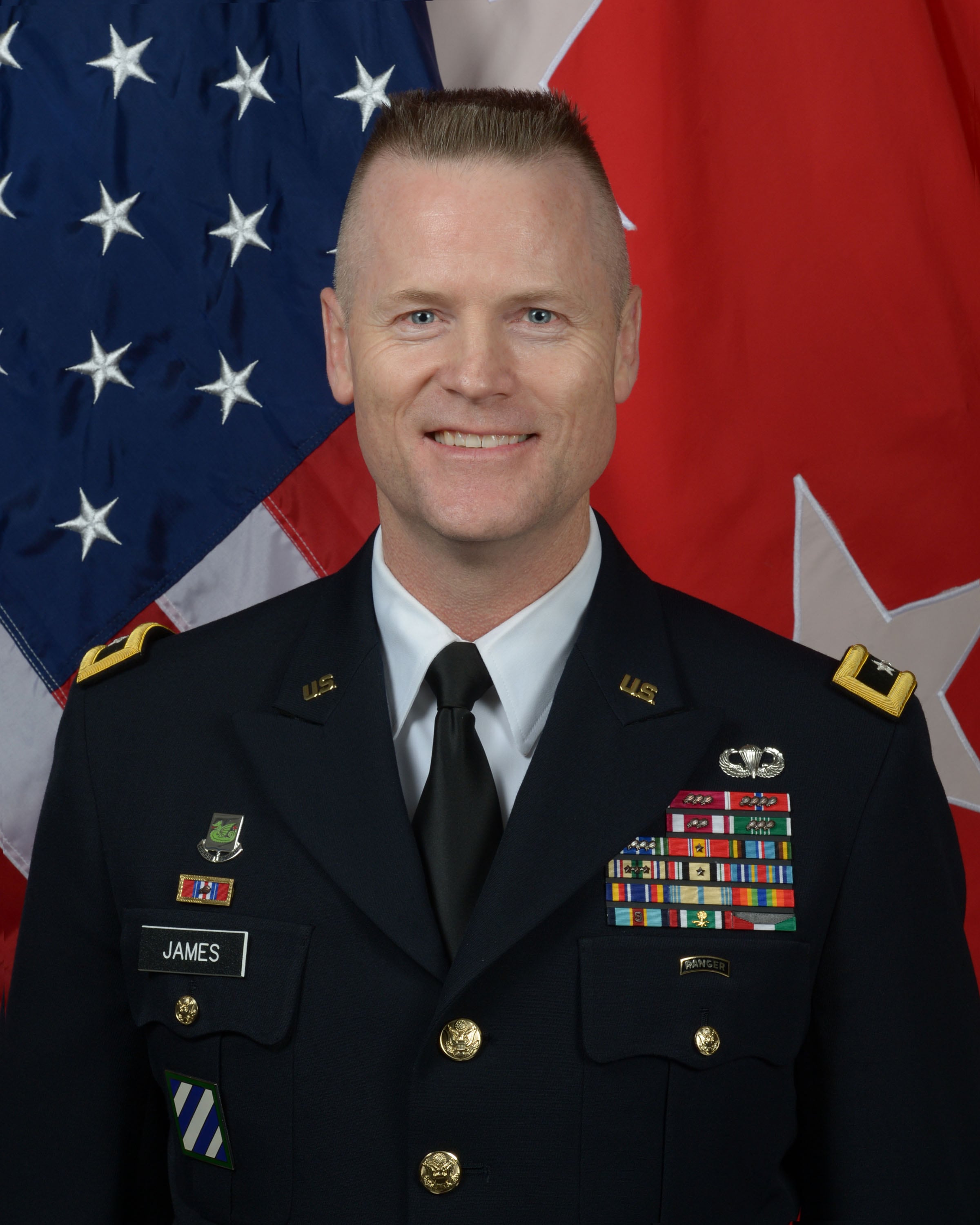
Q. How has the division changed since you arrived two years ago?
A. We’re not a normal [Modified Table of Organization and Equipment] division headquarters. We’re what we call a [Table of Distribution and Allowances], a packaged organization of 249 soldiers plus one civilian. As a TDA organization, we wear the 7th Infantry Division patch. But every one of those subordinates [that fall under 7th ID] do not wear this patch. There are seven different left-shoulder patches in the 7th Infantry Division.
As I was driving out here [two years ago], I was thinking, “Okay, so how do we pull together an organization that has all these different patches and don’t have the same direct lineage when you want to pull a team together?”
So we came up with the idea of Task Force Bayonet. So it’s not just 7th Infantry Division, because the 7th ID represents the 250 soldiers in this building. Task Force Bayonet represents the 15,000 that are … part of our organization.
Q. What are some of the challenges you’ve faced during your time as commander, especially with threats from both the Pacific and Afghanistan?
A. When I got here, the division headquarters in this building, a good chunk of it, roughly 100 of it, was in Afghanistan executing the [Train Advise Assist Command-South] mission. We’re still focusing on the Pacific, but we had half our headquarters that was focusing on Afghanistan. The operational environment is different in those areas. Some parts of Afghanistan and Iraq are open desert, but some places in Korea are pretty doggone tight with lots of vegetation and mountains and hills. All of them have their challenges.
So really, understanding the operational environments we’re going to fight in and focusing on the fundamentals that really exist to fight in both of those. We have to focus on building agile and adaptive leaders that can fight in those different environments. If you understand and master the fundamentals, you’ll be able to execute. … We’ve got to be able to shoot, we’ve got to be able to communicate, we’ve got to be able to maneuver to a position of advantage on the enemy in those different terrains, and we’ve got to also be able to maintain our stuff and take care of our soldiers.
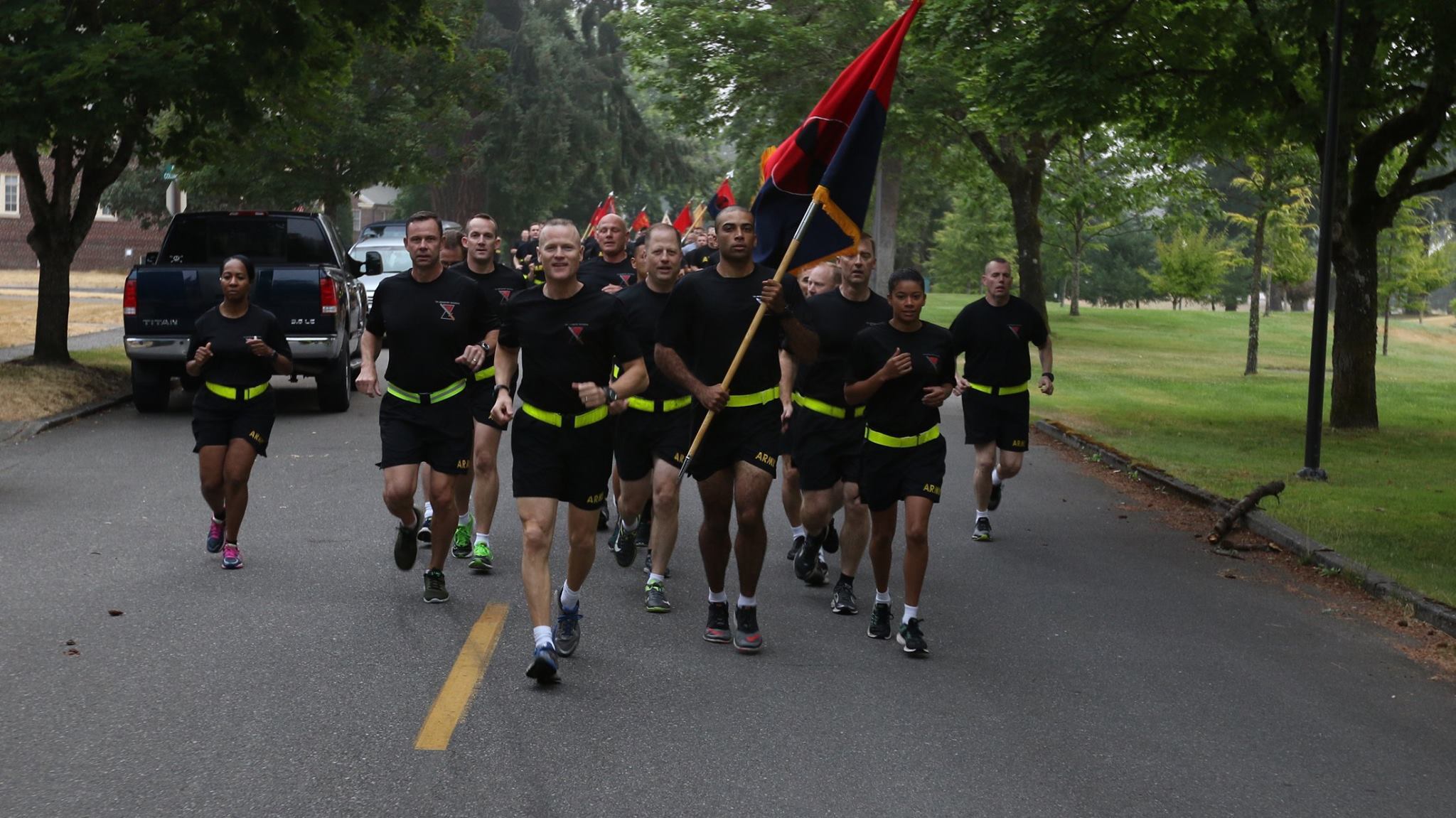
Q. What accomplishments are you most proud of?
A. It’s not something I’ve done, it’s what the soldiers and the leaders that are in this great division have done. The first one is building readiness systems that allow us to keep the bayonet sharp and ready to go. That means taking care of the deployability of our soldiers, our fitness as the Number One priority. But we’ve also got to maintain our equipment, and we have to be trained up on how to do it and we have to be able to sustain that equipment that’s going to keep us alive on the battlefield. If you’ve got people and equipment, then you have to pull it all together with training. You have to get realistic training.
We just finished our Bayonet Focus, which is our big training exercise for 2-2 Stryker Brigade Combat Team. We had 7,000 soldiers at Yakima Training Center, and we created an operational environment that they had to deploy out there and fight just like they would in a small country somewhere. And I was really excited about what we were able to do. Training-wise, that’s one of our biggest accomplishments in the two years I’ve been here. The division came back from Kandahar a couple years ago, and now we’re really focused on training and readiness of our subordinate units. … They’re ready to go to [the National Training Center in California] and fight and then go anywhere in the world and fight.
Q. What are your thoughts on Korea, especially since you’ll be stationed there?
A. Obviously it’s an active theater. The leaders [at United States Forces Korea] are incredible. … It’s been a pretty serious area for a long time. The Korean War never ended. There’s a lot of militarization of that area, from mines and obstacles and ugly terrain and lots of artillery. And all of the arsenal that [North Korea] accumulated over time. There will be challenges. We’ve got to fight in tough terrain, close terrain, restrictive terrain and a very heavy artillery environment.
We’ve got to be able to operate in that type of environment. And then there’s weapons of mass destruction that North Korea has that we’ve got to be able to secure. We’re working through those things. Our training program is preparing our soldiers to be able to fight in those kinds of conditions. I’m comfortable that we will be ready if called, and that we will win.
Charlsy is a Reporter and Engagement Manager for Military Times. Email her at cpanzino@militarytimes.com.


